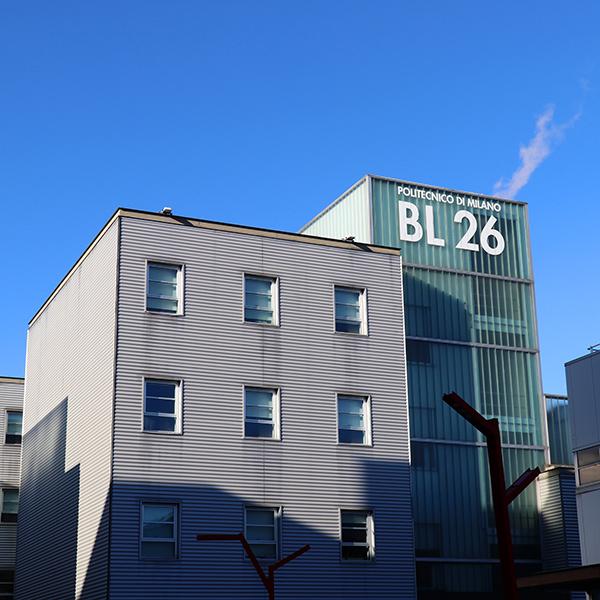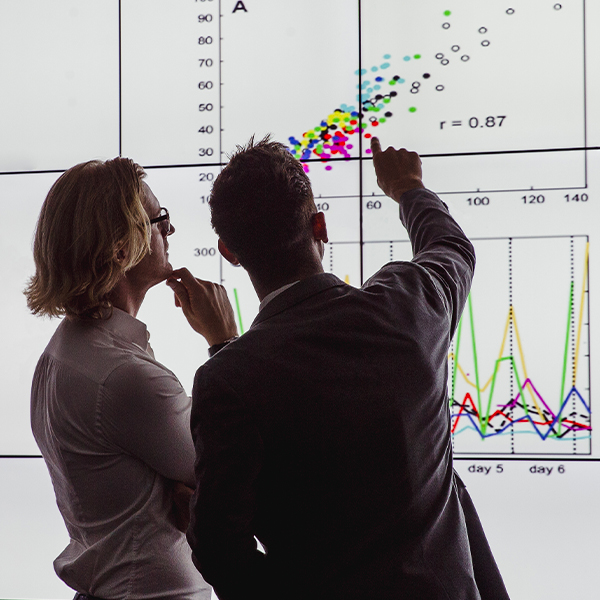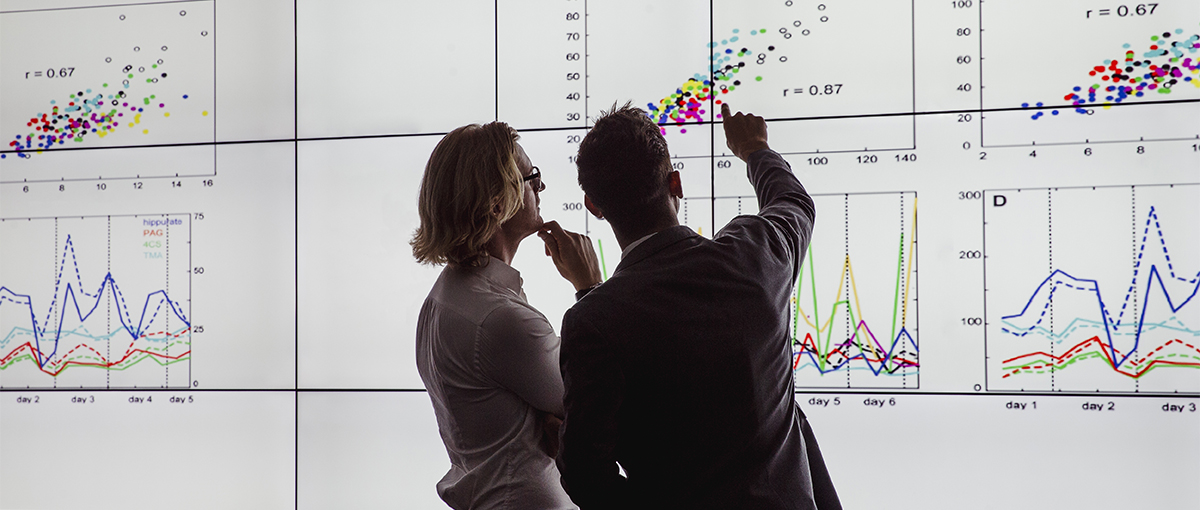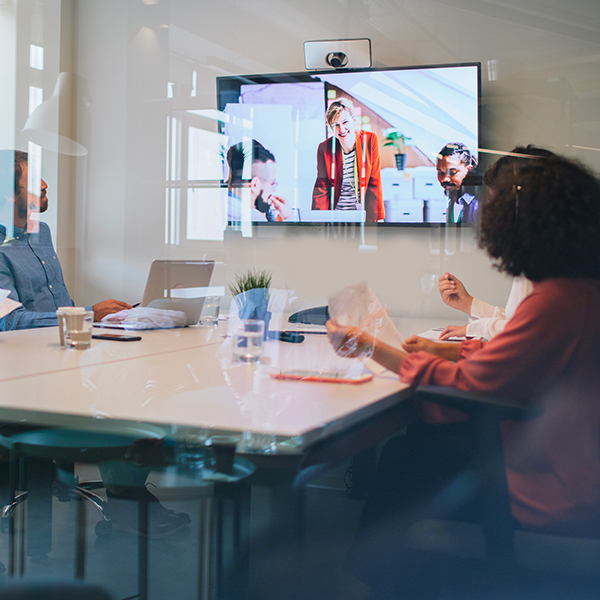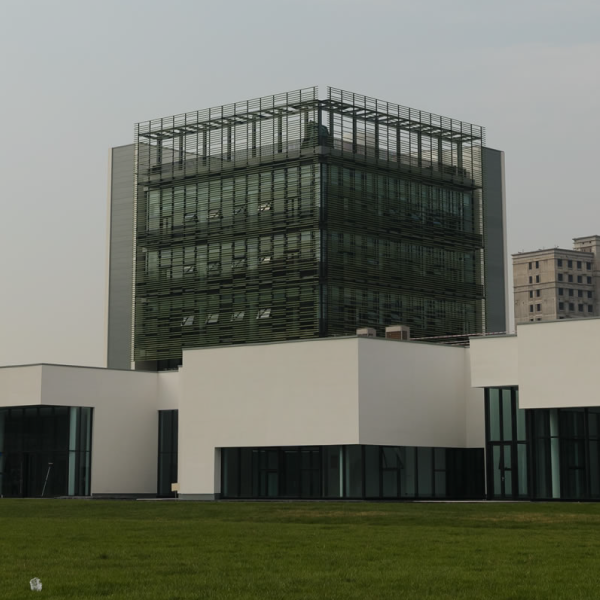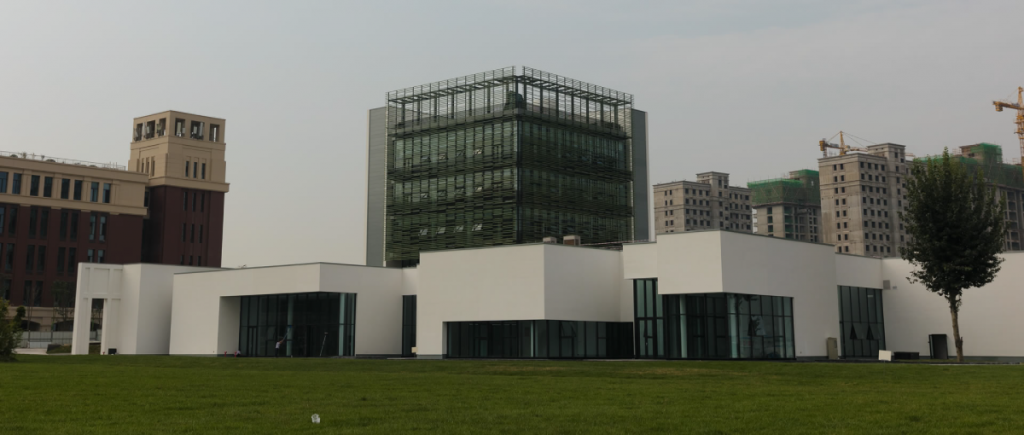An agreement has been signed between SACE and the School of Management of the Politecnico di Milano to develop a specialized and certified training course on the subject of exports, digitization and green transition.
Milano, 28 November 2022 –
New training opportunities for businesses and young people on the subject of exports, digitization and green transition thanks to the collaboration between SACE and the School of Management of the Politecnico di Milano
SACE has signed a memorandum of understanding with the School of Management of the Politecnico di Milano, expanding and strengthening the activities of its SACE Academy, the branch of SACE Education dedicated to managerial, specialist and certified academic training, which combines the know-how of Export Credit Agency Italiana and the expertise of the most important universities and business schools in the country.
The objective of this collaboration is to create a training offer aimed at young talent and companies, in particular SMEs, who want to acquire technical-specialist skills suitable for facing the complexities and challenges of the current national and international economic context.
Executive courses, scholarships, research projects and joint information-related events: these are some of the activities that SACE Education and SoM will carry out in the coming months, starting with the first edition of the Executive Course in Digital Transformation which will start in November with the aim of investigating all themes related to digital innovation and its effects on the business and the supply chain.
‘This agreement with the Politecnico di Milano strengthens the training offer launched by SACE Education within our Academy’, – declared Alessandra Ricci, Chief Executive Officer of SACE. Collaboration with the academic world is of fundamental importance for us at SACE, to attract new talent, help train our companies in exporting, digitize and green transition and accompany the new generations into the world of work as part of our commitment to support the transition of our country in a digital, green and sustainable way’’.
‘We are very pleased to have entered into this partnership – comments Alessandro Perego, Head of the Department of Management, Economics and Industrial Engineering of the Politecnico di Milano – which has among its main objectives that of promoting the internationalization and digital and sustainable transformation of our businesses, our economic system and Made in Italy, leveraging the training of managers capable of triggering and managing growth abroad and the green-tech transition, but also encouraging the use of Industry 4.0 and new business models and urging the institutions to develop policies aimed at accelerating these processes, in line with the strategic objectives of the country and the NRRP’.
‘The signing of this memorandum of understanding has a dual significance for our School – adds Federico Frattini, Dean of POLIMI Graduate School of Management. On the one hand, it confirms the close contacts we have with the business world, for which and with which we create our training courses. On the other hand, we are happy to make our know-how available to SACE Academy to create a path dedicated to those SMEs and young people who want to acquire the managerial and technical-specialist skills necessary to face the challenges that the current economic context – both nationally and internationally – puts in front of us, such as digitization and the green and sustainable transition”.
Sace Education is the training hub that has recently been strengthened also in response to the needs related to the new operations of SACE – in addition to the traditional activity of national Export Credit Agency (ECA) – by virtue of the mandate conferred on it by the Government with the Simplification Decree for the management of guarantees in support of the Green New Deal and with the Liquidity Decree for anti-crisis measures such as the Garanzia Italia. With the reinforcement of its training offer, SACE confirms its mission to support the growth of the country system, offering 360° support aimed not just at the world of businesses and professionals, but also at future generations who are called to meet current challenges and design a new way of doing business relying on financial and insurance tools and solutions.
